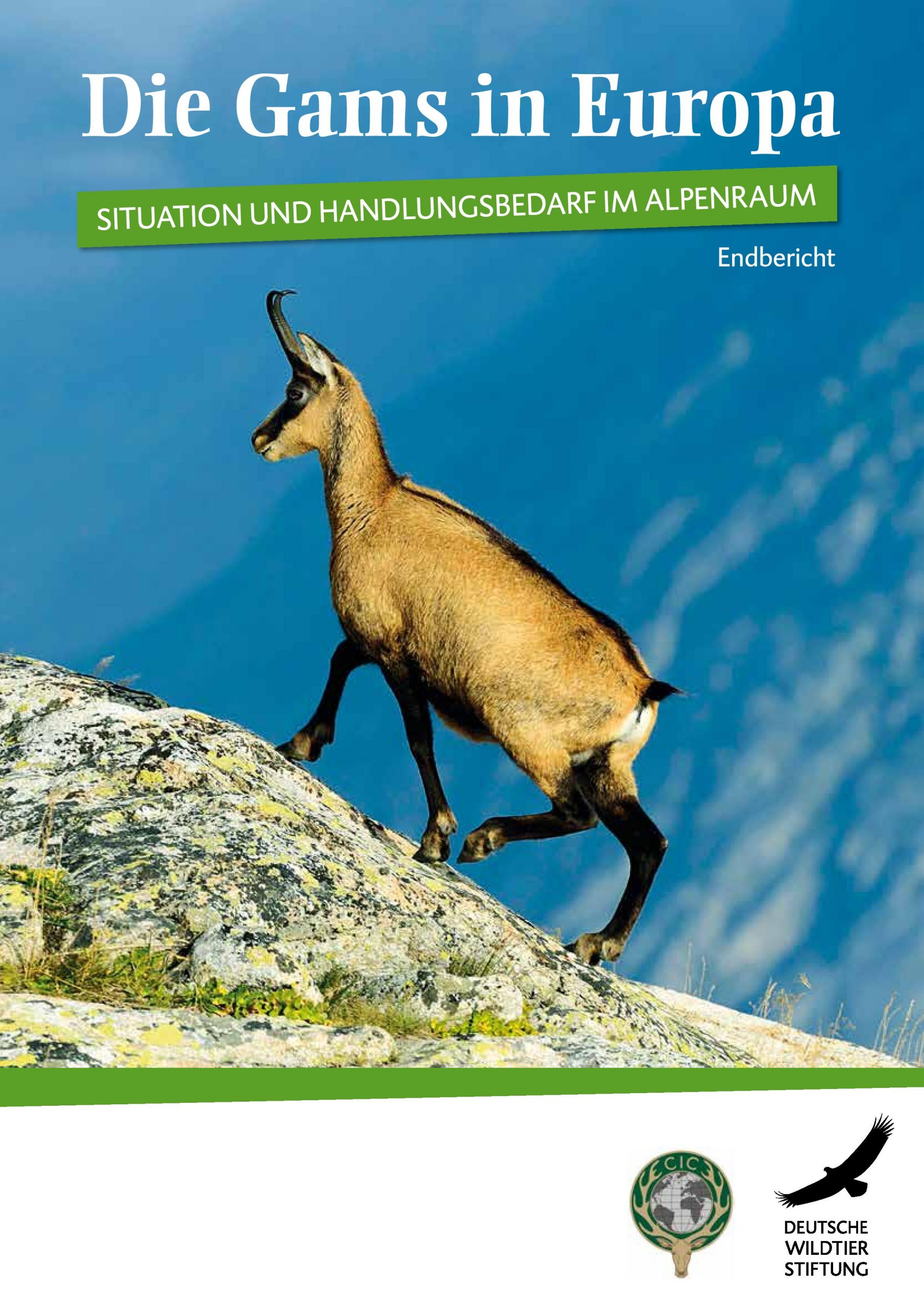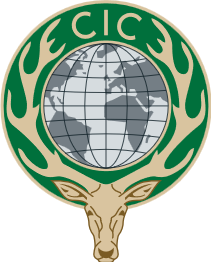Chamois in a Changing Climate
Protecting A Majestic Animal in an Age of Alpine Warming
A CIC Project
The alpine world is a breathtaking landscape, home to the resilient and agile chamois. However, even these iconic mountain dwellers, perfectly adapted to their rugged environment, are feeling the effects of climate change.
As temperatures rise and weather patterns shift, chamois are being pushed higher up into the cooler altitudes of the mountains. This change in habitat, however, may not be enough to ensure their long-term survival.
The Chamois in Climate Change project, led by the International Council for Game and Wildlife Conservation (CIC) and coordinated by Professor Dr. Klaus Hackländer, President of the CIC Applied Science Division, aims to study how chamois are adapting to a warming planet. The project’s goal is to better understand their changing behavior and develop sustainable management strategies to protect both the species and the alpine ecosystems they inhabit.
As temperatures rise, chamois are moving to higher altitudes in search of cooler climates. However, they are also spending more time in lower-altitude forests. This migration has led to a growing population of forest-dwelling chamois, but it also presents new challenges. Forest ecosystems, already stressed by droughts and bark beetle infestations, are now facing increased pressure from the growing chamois populations. The need for reforestation in these areas is becoming more urgent, as these forests play a crucial role in protecting human infrastructure.
CIC’s Role
The CIC is taking a leadership role in supporting scientific research that explores how climate change is affecting chamois populations and their ecosystems. The project aims to ensure that these animals continue to thrive in their natural habitats and advocates for sustainable hunting practices that balance conservation with traditional hunting cultures.
By working closely with universities and research institutions, the CIC is committed to ensuring that management strategies are based on sound science and address the broader challenges posed by climate change.
This project is about more than just protecting a single species. It’s about finding a way forward that integrates the needs of wildlife, ecosystems, and human communities sustainably and harmoniously.

Related Publications
Die Gams in Europa (2020)
The Chamois in Europe: Status and Management Needs in the Alpine Region examines the management of the Alpine chamois (Rupicapra rupicapra L.) in the European Union member states and Switzerland.
This publication compares the different approaches to chamois management, analyzing topics such as habitat conditions, population estimates, hunting regulations, and the implementation of the EU Habitats Directive.
